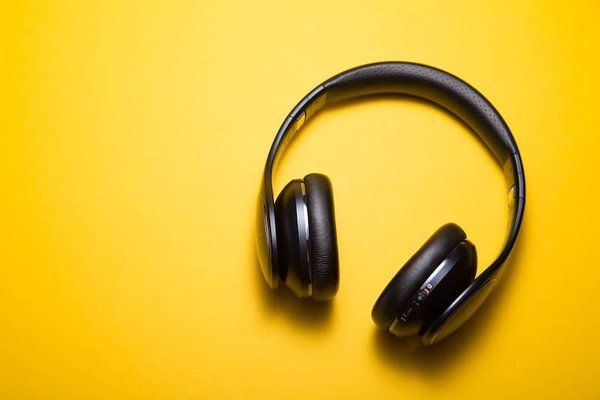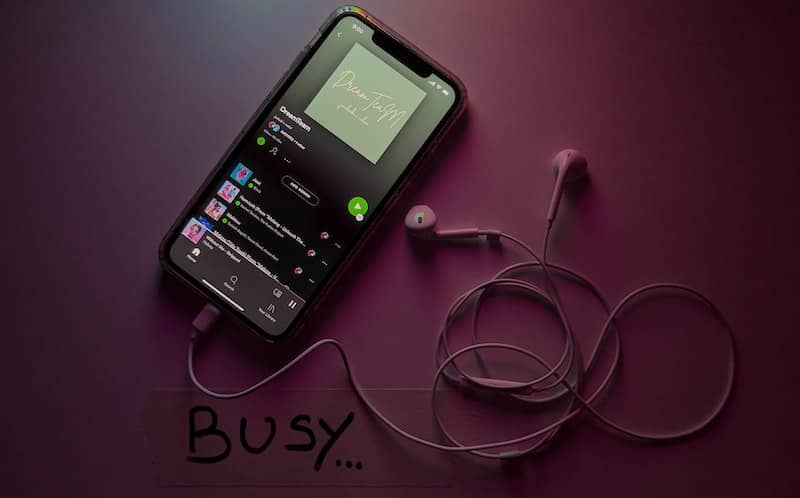Brief History of Music Synchronization and Supervision
With the rise of video streaming, gaming, and microtargeting in advertising, sync has proliferated wildly, making music supervision more exciting — and potentially more challenging — than ever before. Fortunately, music analytics tools can help music supervisors sharpen the focus and ease the burden of finding just the right track for each scene … and at the right price point.
Before the 1920s, motion pictures were silent, because neither the technology nor the economics for synchronizing sound with film were scalable. In 1923, however, Kodak introduced 16mm film, which was a cheaper alternative to the traditionally used 35mm. Four years later, Alan Crosland’s The Jazz Singer was released, which became the first “talkie,” or feature-length movie with synchronized sound, both in terms of dialogue and also recorded music.
Within just two years, most Hollywood films were being made with synchronized sound, and before long, movie studios started to realize that the use of popular songs in particular films worked wonders for driving consumption up for those films.
For much of this period — around 50 years or so — the synchronization process was largely divided between producers and directors, and it wasn’t really until the ‘80s that the role of the music supervisor carved out a space for itself. Increasingly, music supervision involved not only curatorial skill but the ability to negotiate synchronization fees and clear rights as well.

At the core of the music supervisor’s relationship with labels and publishers, artists and songwriters, and managers and talent agents is the synchronization license, which gives the movie or television studio the right to use the song, the recording, or both for a handsome flat fee (in the simplest of scenarios).
Unlike mechanical and performance royalty license structures, sync licenses and fees are not regulated by law, so determining the right price for all sides comes down to negotiation, market forces, and use precedence. Much of the negotiation on the part of the music supervisor involves considering different aspects of the proposed use of a particular recording or song, which include, but are not limited to the following:
Will the use be diegetic or non-diegetic? Diegetic use (also known as “source music”) means the recording comes directly from the narrative world of the moving picture. For instance, a movie opens on a character walking to a jukebox and putting on their favorite song, and that then becomes a part of the movie audio. In other words, the audience and the character are, theoretically, experiencing the same music. In contrast, non-diegetic use (also known as “commentary” or “nonliteral sound”) means the recording is removed from the narrative world of the moving picture. For example, a movie closes with lovers reuniting on the beach while an inspiring orchestra takes over the movie audio — except there’s no orchestra onscreen. Consequently, the audience is experiencing music that the characters are not. Typically, a diegetic use will bring a higher payday to the copyright holders than a non-diegetic one.
- Will the use be diegetic or non-diegetic? Diegetic use (also known as “source music”) means the recording comes directly from the narrative world of the moving picture. For instance, a movie opens on a character walking to a jukebox and putting on their favorite song, and that then becomes a part of the movie audio. In other words, the audience and the character are, theoretically, experiencing the same music. In contrast, non-diegetic use (also known as “commentary” or “nonliteral sound”) means the recording is removed from the narrative world of the moving picture. For example, a movie closes with lovers reuniting on the beach while an inspiring orchestra takes over the movie audio — except there’s no orchestra onscreen. Consequently, the audience is experiencing music that the characters are not. Typically, a diegetic use will bring a higher payday to the copyright holders than a non-diegetic one.
- Will the use be in-context or out-of-context? An in-context use means a recording is married to the particular scene for which it is being licensed. As a result, use of the recording for a trailer or advertisement (or even another scene) would require an additional license for an out-of-context use. However, if out-of-context rights are agreed upon from the start, then the recording can be used in any of these scenarios without the need for an additional license.
- Where in the moving picture is the use? Generally speaking, an opening or closing credit use will fetch the highest sync fee, because it really comes down to what the most memorable use will be. That said, a diegetic use during a movie’s climactic midpoint could certainly always rival that trend.
